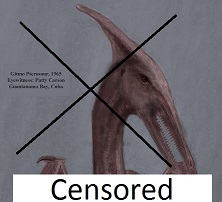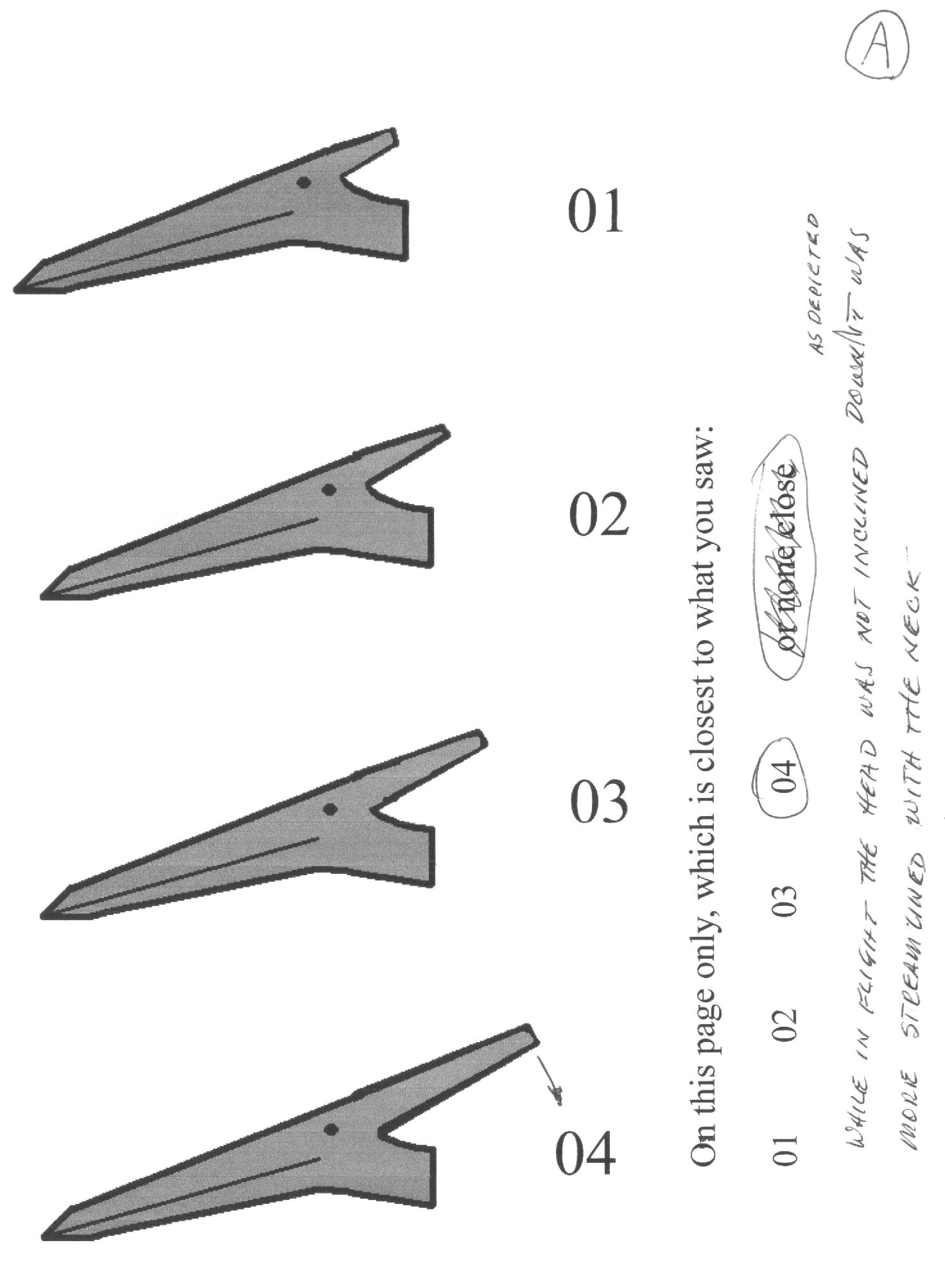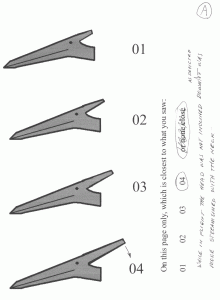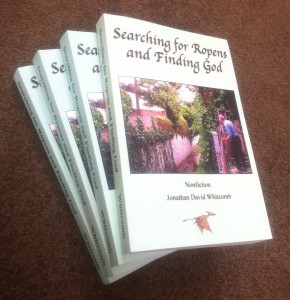Modern pterosaurs, live “pterodactyls,” nonfiction flying dragons—those are heavy concepts, too heavy to be carried only by blog posts or forum discussions. We need a nonfiction book, indeed at least one or two books, to lift us out of the doldrums of extinction indoctrination. But which is best for you?
Let’s now examine what’s available, in paperback, hardcover, and Kindle digital formats, first noting the various genres and cross-genres related to nonfiction cryptozoology. Not every book is included here, for such a review (if done in depth) would almost demand a small book of its own. I now summarize and include those books I know best and that are most relevant to sightings of modern pterosaurs, by alphabetical order of the titles. Be aware that I have written three nonfictions (in seven editions) on this subject, and am probably the most prolific author on modern pterosaurs, yet I will try to be objective, even though three of these six books I wrote myself.

Big Bird
The reports in this book are mostly from Texas, and some of them are really interesting. The lack of editing, however, is displeasing to some readers, including me, at least for some pages. I gave it three stars on Amazon, partly because of the imperfections in basic written English. With that said, some of the reports are unavailable in other cryptozoological sources, for the author has interviewed at least some of the eyewitnesses himself. The author seems to have been careless about the accuracy of some of the data, although this is probably a limited problem. If you like to read about strange flying cryptids that hide from biology professors, this book may please you, especially if you live in Texas.
The author seems to assume a standard-model perspective regarding evolution, if you’re interested.
Bird From Hell (second edition)
Keep in mind that a third edition of Bird From Hell has many more pages than the second edition that I have read. Like Big Bird, this book needs professional English editing yet contains accounts not easily obtained in other books or other sources. If you are a cryptozoology fan living in or near British Columbia, Canada, this nonfiction I highly recommend, but I suspect the third edition may be improved, so buy that one.
Yet even for those who would be interested in reports of living pterosaurs in Canada, be aware: In the second edition, much of the content is about other cryptids, non-flying creatures, NOT possible pterosaurs. Now beware: Anybody who considers exploring in British Columbia, searching for any cryptid—that persons needs to read this book (or the third edition) before traveling to that part of Canada, for the dangers need to be known and understood. Especially, do not wander around at night in northern British Columbia, without much preparation and advanced warnings; the devil bird by itself is dangerous enough. Here’s the link to the THIRD edition: Bird From Hell
This author also seems to assume a standard-model perspective for evolution.
Chronicles of Dinosauria
This Biblical young-earth-creation (YEC)/cryptozoology cross-genre nonfiction is popular with those holding to particular beliefs in the Bible (recent origins of life and recent creation of everything in the universe). How popular? It’s not a best-seller in a broad sense, but of the 51 Amazon reader reviews, as of June 3, 2014, 49 gave it five stars out of five and the other two gave it four stars, and those are not just from friends and relatives who are biased in their praise.
Of those 51 reviews, mine was the longest, and I gave the book five stars. The author is one of my associates, as both of us explored the same remote tropical island in Papua New Guinea, searching for ropens, which we believe are living pterosaurs. So how am I unbiased in my praise? I wrote my review for Chronicles of Dinosauria soon after the publication of my most-recent nonfiction, Searching for Ropens and Finding God, and those two books compete with each other, although to only a limited degree. The point? My long review might persuade one or two readers to buy Woetzel’s book instead of my book: I am was not writing that five-star review out of bias in favor of a book written by my associate.
Setting aside the YEC genre for a moment, how does Chronicles of Dinosauria rate as a nonfiction modern-pterosaur book? Alas, it competes poorly in that sense, with only a few pages relating to those featherless flying creatures. This book really is mostly about modern dinosaurs and how they relate to faith in the Bible.
Live Pterosaurs in America (third edition)
I consider this a nonfiction in pure cryptozoology genre, even with two pages (in the appendix) dealing with concepts of origin philosophies. If you want a book only about cryptozoology and only about sightings of apparent pterosaurs in the 48 contiguous states of the USA, this is for you. The only serious competition in that narrow sense would be from the third edition of Searching for Ropens and Finding God, which has a 100-page chapter about sighting in the USA. By the way, sighting-report overlapping is minimal between these two books.
What else can I say except to quote from the Introduction?
This book might make a few Americans uneasy to walk alone at night; my intention, however, is not to frighten but to enlighten as many readers as possible to know about live-pterosaur investigations. Those who’ve been shocked at the sight of a flying creature that “should” be extinct—those eyewitnesses, more numerous than most Americans would guess, need no longer be afraid that everyone will think them crazy, and no longer need they feel alone. Those of us who’ve listened to the American eyewitnesses, we who have interviewed them, we now believe. So, if you will, consider the experiences of these ordinary persons (I’ve interviewed most of them myself) and accept whatever enlightenment you may.
Live Pterosaurs in Australia and in Papua New Guinea
This Kindle digital book could be compared to Big Bird and Bird From Hell, in the sense that it deals with potential modern pterosaurs in one part of the world, yet it actually resembles Live Pterosaurs in America in more respects; that’s not surprising, since I’m the author of both “Live Pterosaurs” books.
This is not a simple digest from an earlier version of Searching for Ropens, although much of the information is contained in those earlier print books; but if you have read any edition of Searching for Ropens, you will find much of the expedition accounts redundant.
This is for those who have not read any version of the longer print book, readers who would like a short digital book for a low cost: a quick introduction to non-extinct pterosaurs in the southwest Pacific.
Searching for Ropens and Finding God (third edition)
I recently got a Facebook message from a lady who had learned how much another lady had enjoyed my most recent book, Searching for Ropens and Finding God. The second lady said that it was the best book she had ever read . . . then I got to the next part of the sentence: the best book that was written by me. Oh well, I can still dream.
I strongly feel this is indeed the best book I have ever written, but let’s keep to the facts.
- It is my longest book, with 353 printed pages
- It is the biggest nonfiction on living pterosaurs, that I know of
- It has the worst sales record of any of my books, in the first few weeks after publication, at least in the American Amazon sales, but I see an explanation
I have not yet gotten noticed by the larger group of nonfiction readers, compared with those who have already read an earlier edition of Searching for Ropens. This third edition is a spiritual true-life adventure as much as a cryptozoology book. It can be enjoyed by those of different faiths, not just by those who hold similar beliefs as me and my associates. But as of the beginning of June, 2014, I just have not found a way to contact those many readers who would enjoy and benefic from this large book on a strange subject that most Americans have not even imagined: modern pterosaurs.
With that said, here is a comment from one of the first readers, Racel Sopoco of Ontario, Canada:
Hi Jonathan,
I just finished your book. Came just in time as I had a week off to do nothing but travel to Papua New Guinea with you [through reading the book]! What an adventure you went on, you’re very brave. I enjoyed the book . . . your writing seems genuine and from the heart which is most important in my opinion. I could see the challenges you might face with a strictly science based audience so maybe writing an edition which mentions nothing but facts could help gain some support? Then again, it’s your book and you can’t please everyone. I suppose it depends on what you’re hoping to accomplish. I myself look to science to answer questions but I keep an open mind because if there’s one solid belief that I have, it is of how little we really know. Life is such a magical mystery, I just keep looking for clues and following my heart. . . .
###
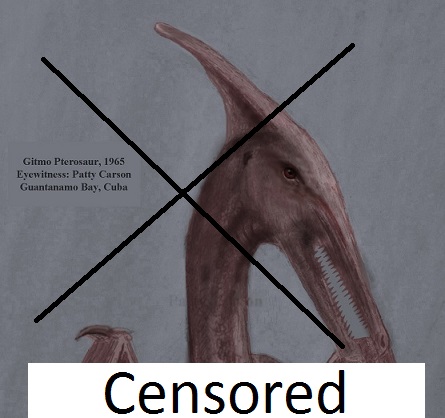 The “Ropen” page was censored through deletion on Wikipedia
The “Ropen” page was censored through deletion on Wikipedia


